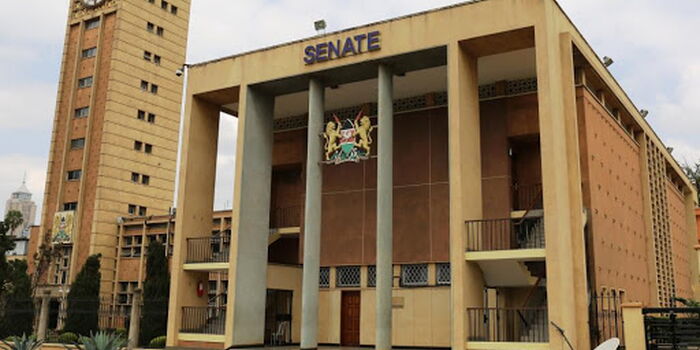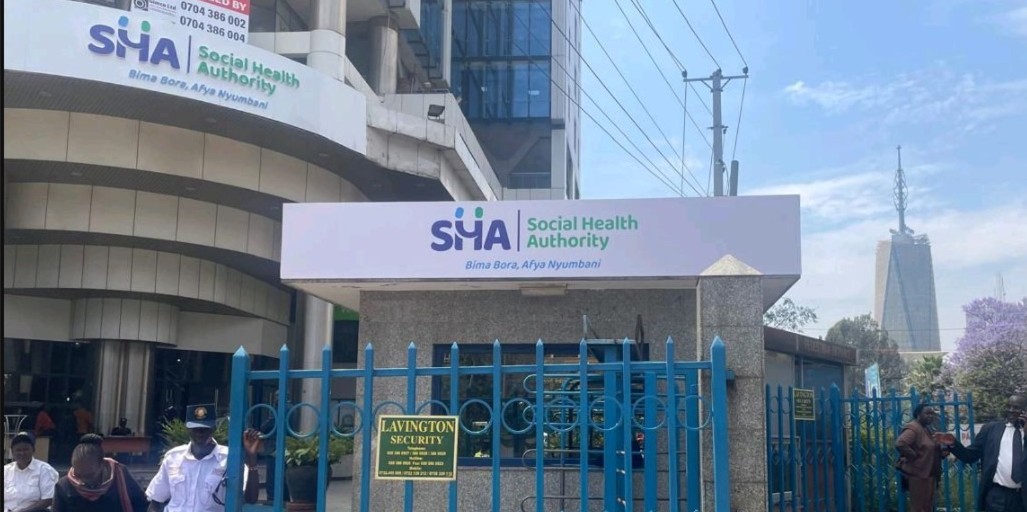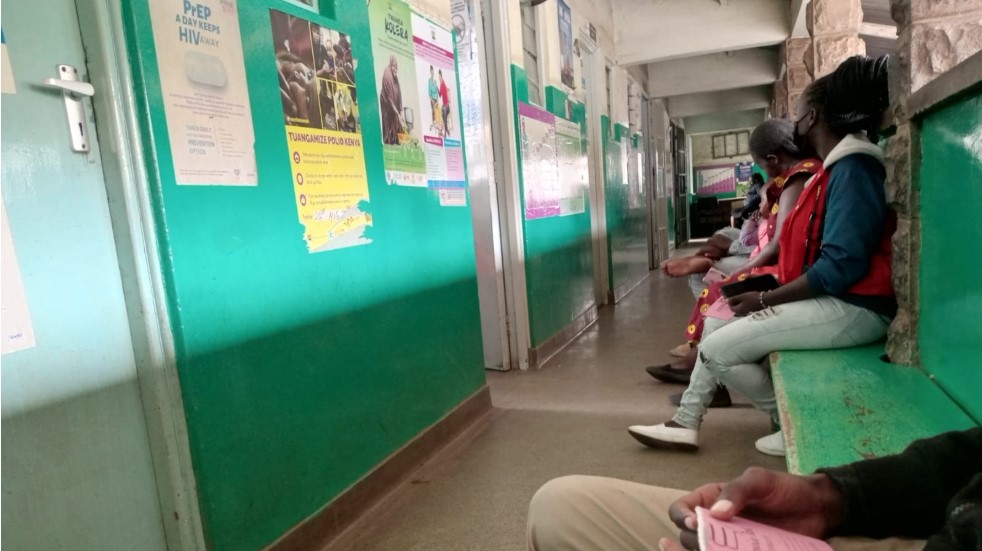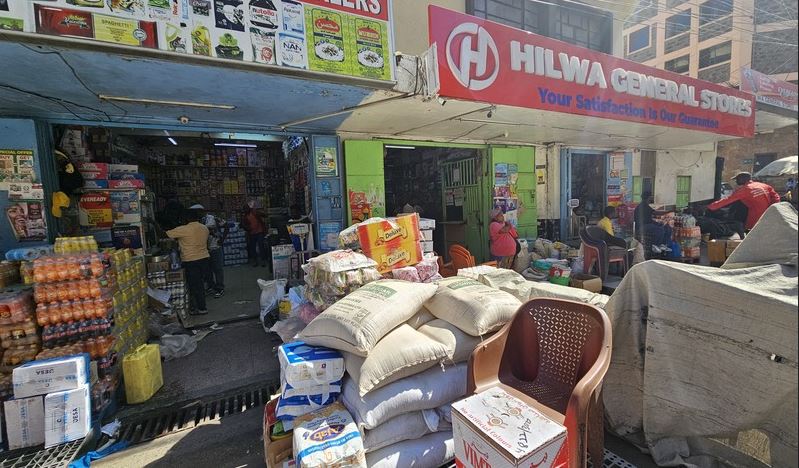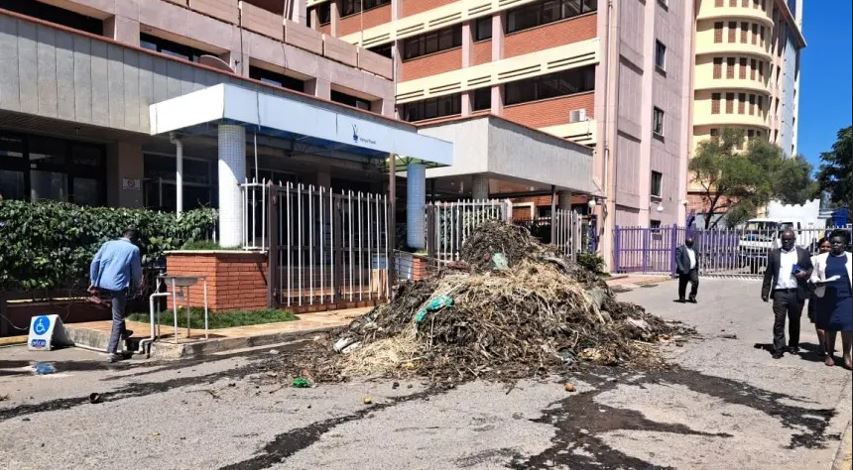Worsening drought leaves millions in Kenya and Somalia at risk of starvation
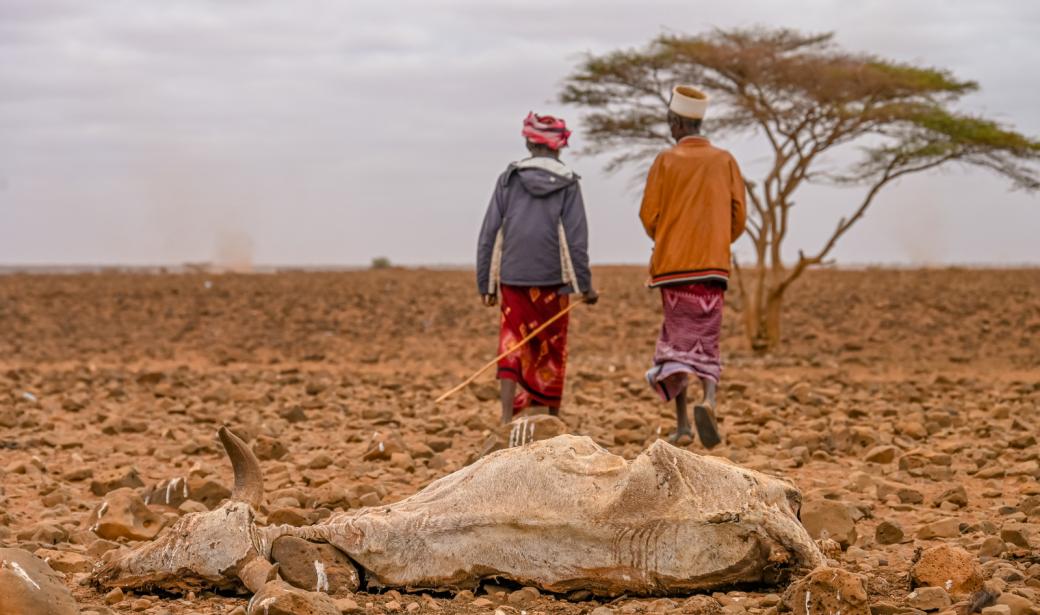
Compounding the crisis are floods in riverine areas, conflicts in central and southern Somalia, and displacement.
A severe drought gripping Kenya and Somalia is exacerbating food insecurity and malnutrition, putting millions at risk, according to reports from the United Nations and Kenya’s National Drought Management Authority (NDMA).
In Kenya, the NDMA reports that drought conditions have worsened in 20 of the 23 arid and semi-arid counties. The agency attributes the crisis to the poor performance of the 2024 short rainy season, warning that the situation is on a worsening trajectory.
More To Read
“The affected counties remain in the ‘normal’ drought phase, but all indicators show a deterioration,” the NDMA noted in its January 2025 report.
The crisis is taking a toll on vulnerable populations, particularly young children and pregnant women. “Up to 1.8 million people in Kenya’s ASALs are food insecure and in need of humanitarian assistance,” the NDMA added. “Among them, 500,000 children under five and over 100,000 pregnant women are malnourished and in need of treatment.”
In neighbouring Somalia, the latest Integrated Food Security Phase Classification (IPC) analysis warns of deteriorating conditions, with 4.4 million people expected to experience acute food insecurity between April and June. The report highlights that approximately 1.7 million children under five are at risk of acute malnutrition this year, including 466,000 who could become severely malnourished.
“The situation is dire,” the IPC report states. “The likelihood of a below-normal Deyr rainy season coupled with rising temperatures could result in severe soil moisture loss, reduced crop and fodder productivity, and worsening food insecurity.”
Compounding the crisis are floods in riverine areas, conflicts in central and southern Somalia, and displacement, all of which have disrupted livelihoods and market access. Currently, 3.4 million Somalis—17 per cent of the population—are already experiencing high levels of acute food insecurity.
The Food and Agriculture Organisation of the United Nations and the Intergovernmental Authority for Development report that 67.4 million people across the Horn of Africa are currently food insecure. While Sudan and other conflict-affected countries bear the brunt of the crisis, Kenya remains significantly impacted due to its extensive semi-arid regions.
Top Stories Today


